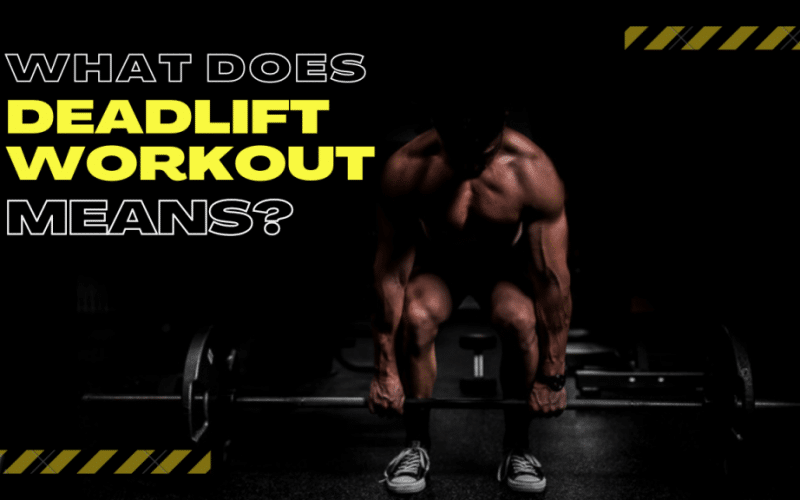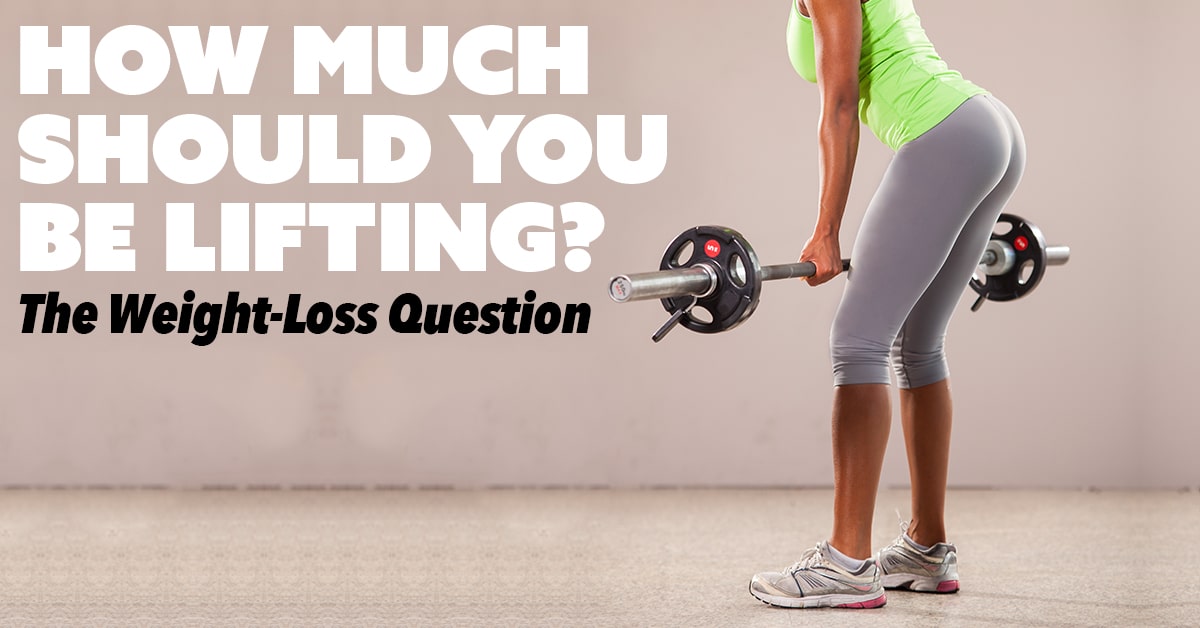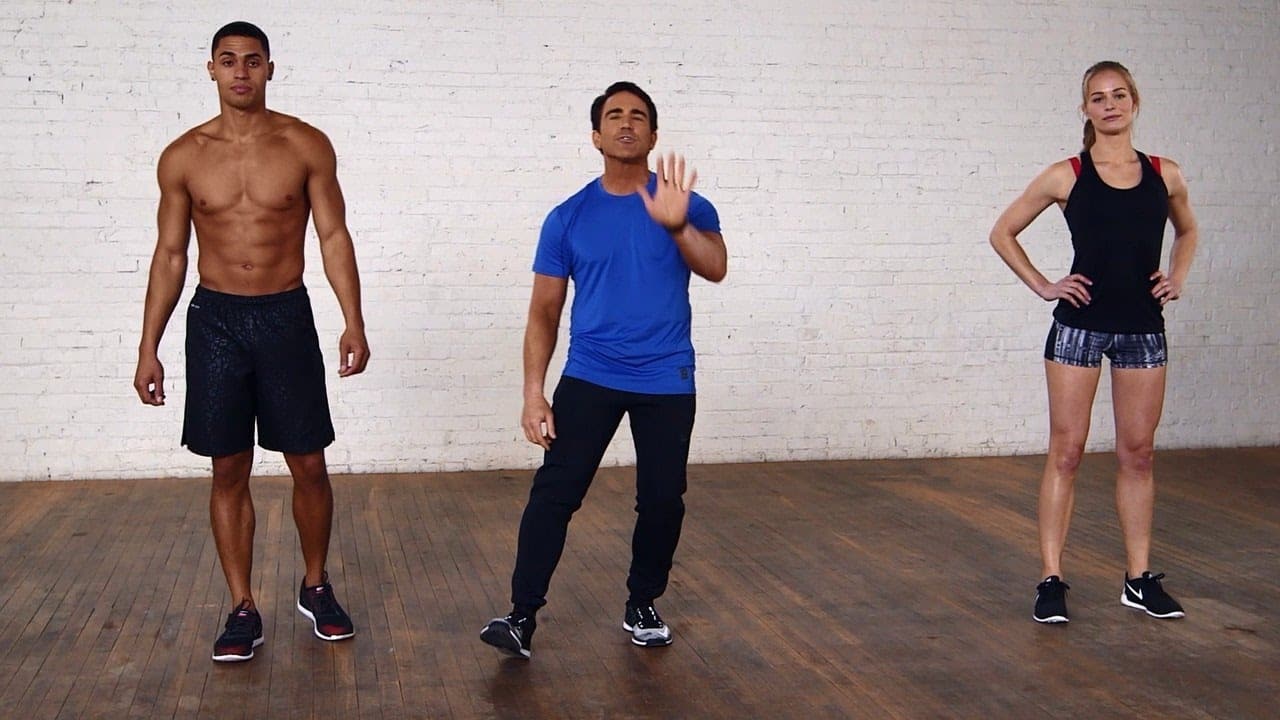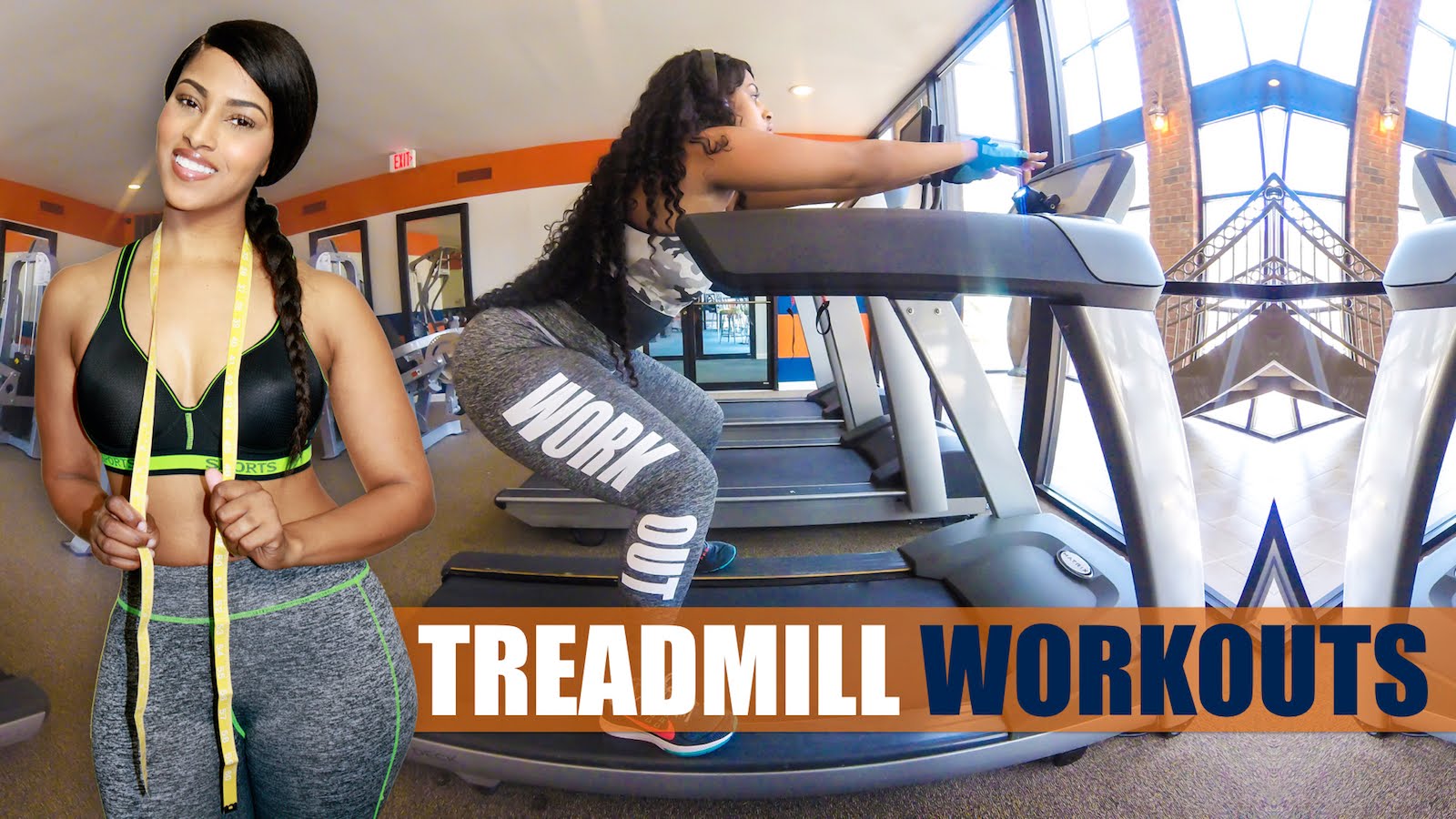When it comes to building strength and muscle, understanding the different types of workout routines can be intimidating. From HIIT training to bodyweight to kettlebell workouts – there are many options available!
But what about deadlifts? From sumo deadlift & conventional deadlift to the famous Romanian deadlift, this strength-focused exercise is one of the most crucial elements for any kind of total body strengthening program you may create.
So, what does deadlift workout? In this article, we’ll provide an overview of all things related to deadlifting —no matter your skill level or current fitness routine.
So roll up those sleeves, and let’s get started!
What is a Deadlift Workout: At a Glance
A deadlift is a compound exercise that focuses on strengthening the entire posterior chain, including core muscles, back, and lower body.
What muscles do deadlifts work? It works multiple muscle groups at once and requires the use of several joints. The primary muscles targeted by a deadlift are the glutes, hamstrings, spinal erectors, quadriceps, traps, lats, and rhomboids.
The most basic variation of a deadlift involves lifting a barbell from the ground to hip level with your feet flat on the ground and your hands gripping the bar outside of your legs.
To perform this movement correctly, you must keep your back neutral throughout the whole range of motion. This means ensuring that your chest stays up and back straight as you lower yourself to grip the barbell from above or below knee height, depending on your height.
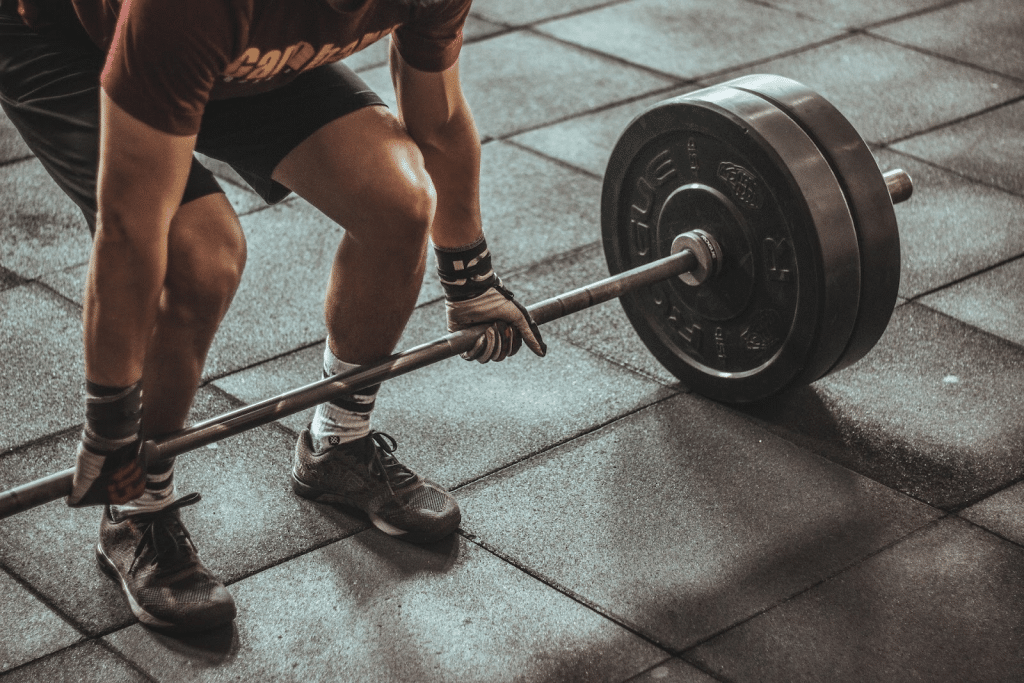
You can also think about pushing your knees and hips forward while you stand up for the conventional barbell deadlift. When gripping the bar, make sure to hold it tight against your shins for better control over it during the pull.
There are several variations of deadlifts that can be performed with different equipment, such as kettlebells, dumbbells, and exercise bands, among other options.
Each variation targets slightly different muscles, but they all share one commonality — they require significant effort from all major muscle groups in order to complete successfully.
Benefits of Doing a Deadlift Workout
Now that you have a good understanding of what a deadlift is, let’s get into why this exercise should be part of your workout routine. Here are a few benefits of doing deadlifts:
Activates Hip Extensors
Deadlifts are particularly beneficial for activating and strengthening the hip extensors, namely the gluteus maximus and hamstrings. These muscles play an important role in helping to stabilize our bodies during many everyday movements, such as bending forward, walking, and running.
For example, when running, your hip extensors contract to help propel you forwards while maintaining a neutral body posture. As such, strengthening these muscles can improve athletic performance and reduce the risk of injury.
Deadlifting is one of the most effective exercises for targeting your hip extensors due to its compound nature. By engaging multiple muscle groups at once, it forces them to contract more intensely than they would with isolation exercises alone. This results in stronger contractions which lead to better muscle development over time.
Build Stronger Legs
Deadlifts are known for their ability to improve strength and muscle development, and this is especially true when it comes to leg muscles.
Incorporating deadlifts into your workout routine can help you get stronger, denser legs by improving the torque development rate. This happens because deadlifts require you to lift a heavy weight off the ground in a single movement that requires significant power from the lower body muscles.
The heavier the weight you’re able to lift, the more your legs will benefit from deadlifts — not only do they increase strength, but they also promote muscle growth. Studies have shown that increased torque development can reduce muscle fatigue and improve performance during dynamic activities like running and jumping.
In addition to increased strength and power, doing regular deadlifts has been proven to enhance bone density in the lower body. This means that not only will your legs be stronger overall, but they’ll also be denser than ever before.
Burn More Calories
Deadlifts are a great way to burn more calories, thanks to their high-intensity nature. When done correctly with proper form, deadlifting can help you torch more calories in comparison to other exercises. This is because it activates multiple muscle groups at the same time, requiring more energy to complete.
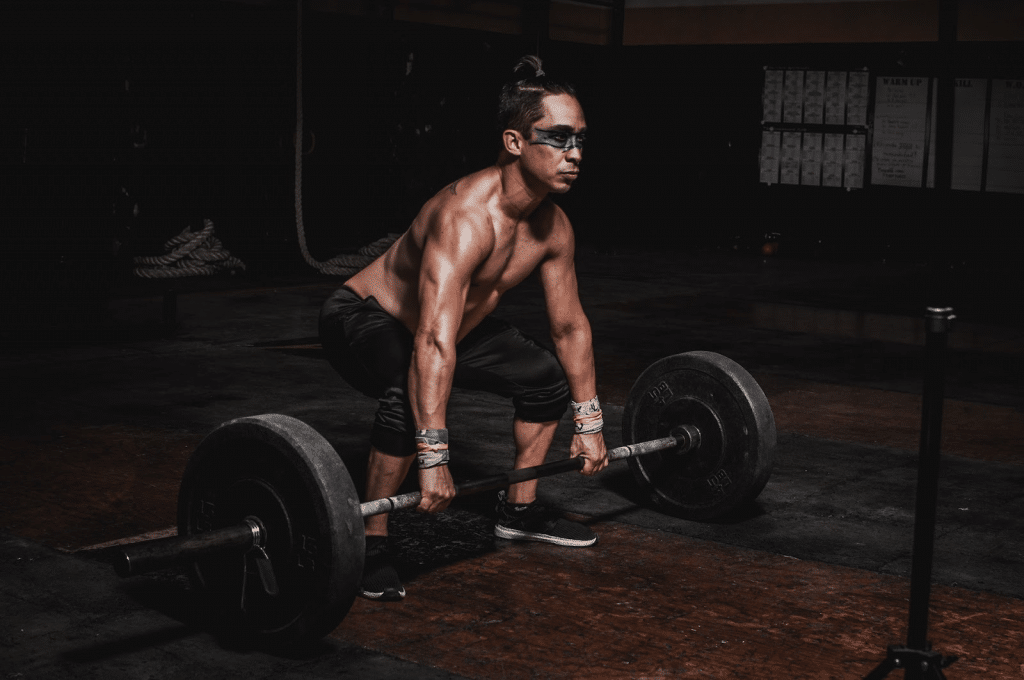
Research has found that when doing a deadlift exercise (15-20 reps, loads 50% of 1RM), you can burn up to 60 calories in the EPOC (Excess Post-Exercise Oxygen Consumption) period, which is when your body continues to use energy at an elevated rate post-workout.
In addition, deadlifting can help you burn more calories even after you finish your workout session. When combined with other forms of exercise like running or weight training, it can boost your total calorie expenditure significantly and help you reach your fitness goals faster.
Improve Jump Performance
Deadlifts can also help improve your jump performance by training the muscles used during jumping activities. Doing heavy deadlifts helps increase force production and power output, allowing you to generate more force in a shorter amount of time.
Research lists deadlifts as one of the most effective exercises for improving maximal jump performance, second only to squat jumps. This is because deadlifts engage multiple muscles in the lower body simultaneously, helping you build strength and power from various angles.
Jumping is a crucial skill in many sports and activities, so adding regular deadlifts to your exercise routine can help you increase jump height and power. This, in turn, will allow you to excel in any sport or activity that requires jumping prowess.
Enhance Endurance
Deadlifts are also great for improving your endurance, both during and after a workout. When performed correctly with proper form, the eccentric loading of deadlifts will help improve muscular endurance.
The eccentric part of the exercise is when you lower the weight—this requires more energy than when you lift it, which helps increase your muscles’ capacity to resist fatigue. This, in turn, will enable you to work out longer and harder without tiring as quickly.
In addition to increased muscular endurance, doing heavy deadlifts has been shown to boost cardiovascular health. Performing a high volume of deadlift exercises can enhance VO2 max (your body’s maximum oxygen consumption) and reduce heart rate variability — both of which are important factors for optimal performance during endurance activities.
Deadlift vs Squats: Which is Better?
The debate between deadlifts vs squats is a hot one, with both sides having their own merits and drawbacks.
Squats focus more on the quads, while deadlifts work multiple muscle groups at the same time. Deadlifts also offer greater strengthening benefits for your lower body due to the heavier weight lifted during each rep.
However, it’s important to remember that both exercises have their place in any strength training routine. Each exercise has unique benefits — it all depends on what you’re trying to achieve from your workouts.
For example, if you’re looking to improve your overall explosive strength, then deadlifts should be your go-to exercise. On the other hand, if you want to focus on muscle-building and sculpting your legs, then squats are a great choice.
Ultimately, it’s best to use a combination of both exercises in order to get the most benefit and avoid injury. Incorporating both squats and deadlifts into your workout routine will help you build strength, power, and muscular endurance more effectively than doing either exercise alone.
How to Perform a Deadlift Safely and Effectively
When it comes to deadlifting, proper form and technique are essential for avoiding injury and achieving your strength training goals. Here are a few tips to help you perform the exercise safely and effectively:
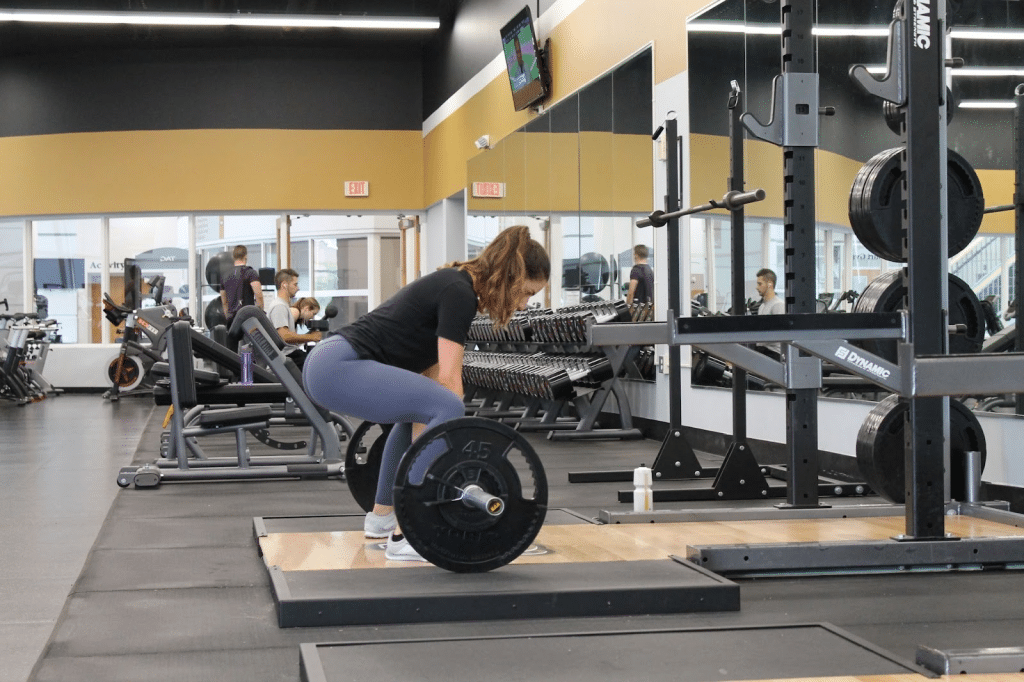
- Start with light weights: You don’t need to lift heavy right away. Begin by lifting lighter weights and focus on perfecting your form before gradually increasing the weight as you become more skilled at the exercise.
- Keep your back straight: Maintaining proper posture is key for protecting yourself from injury while deadlifting. Make sure your back is straight throughout the entire motion of the lift, as this will help reduce strain on your lower back muscles.
- Squeeze your glutes: Engaging your glutes (butt muscles) will provide stability and help you keep the correct posture while lifting. Squeezing your gluteus maximus can also help you lift heavier weights with greater ease.
- Breathe properly: Proper breathing is essential for deadlifts, as it helps provide the body with oxygen and keeps your core tight throughout the motion. Inhale before you start the lift, hold your breath during, and then exhale as you complete the lift.
- Lower slowly: As mentioned earlier, eccentric loading or lowering the weight slowly is a great way to improve muscular endurance when doing deadlifts. So make sure to take it slow on that downward phase of the exercise!
Wrapping Up
So, what does a deadlift workout mean exactly? Well, it means building strength and muscle while working multiple muscle groups at once! This exercise routine is one of the most important elements in any total body strengthening program.
With its focus on the posterior chain, deadlifts can help to improve posture and muscular imbalances, all the while increasing general strength.
